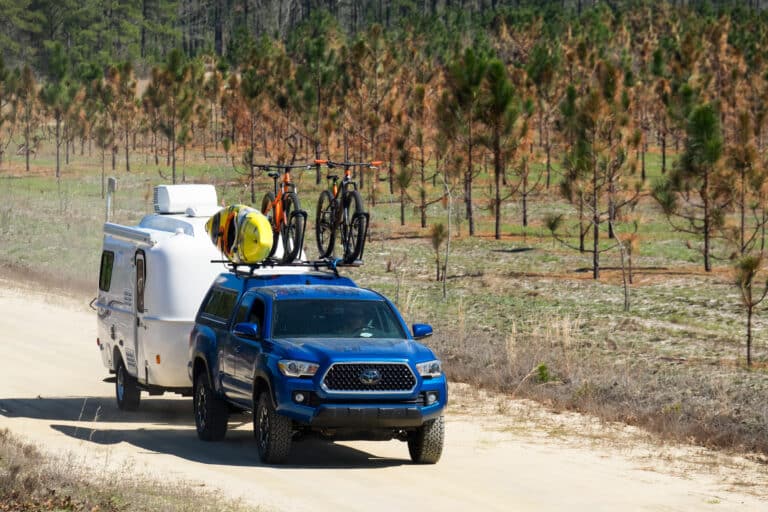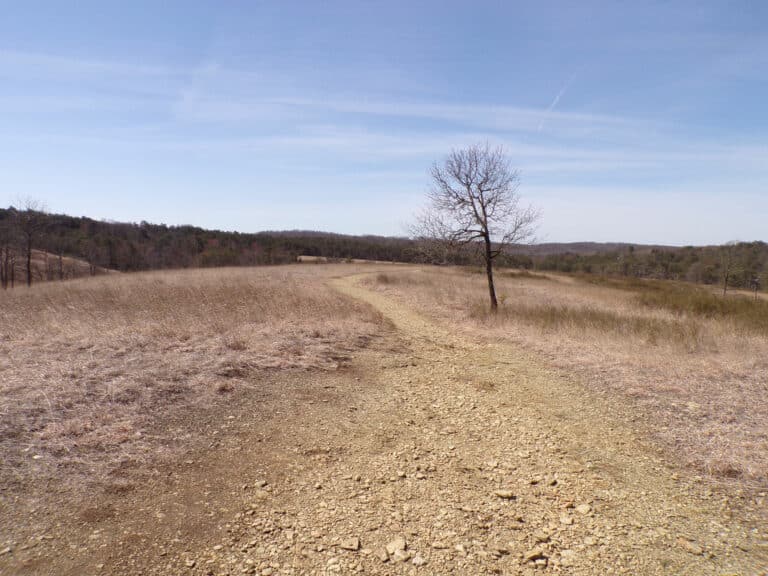The endangered Indiana bat—which hibernates in caves throughout the Blue Ridge region—is threatened by an unexplained new fungal illness called White Nose Syndrome.
Biologists in New York documented the death of thousands of bats, including several hundred Indiana bats, all apparently infected by a fungus which often forms white tufts on the bats’ muzzles, giving the name white nose syndrome, or WNS. In addition to the white muzzle, dead bats appear to have used up their winter fat stores and have congregate much closer to cave entrances than usual. Researchers are trying to determine if the fungus itself is responsible for the deaths or if its presence is symptomatic of another problem.
“Every winter, Indiana bats come together in massive numbers in a few caves and mines to hibernate, making them extremely vulnerable, explained Robert Currie, a bat biologist in the U.S. Fish & Wildlife Service’s Asheville Field Office. “In the past, human disturbance of major Indiana bat hibernation sites significantly contributed to the bat’s decline and was a main factor leading to its addition to the federal list of endangered species. Now the bat’s habit of aggregating in large numbers at hibernation sites may make them more vulnerable to the rapid spread of this new disease.”
Although they occur in greatest numbers in the Midwest, Indiana bats have been known to hibernate in Western North Carolina, and more commonly, migrate to the region in the warmer months. Thus far, white nose syndrome has only been documented in New York and Vermont. But until biologists have a better understanding of the nature of the disease and how it’s transmitted, U.S. Fish and Wildlife Service urges cavers to help prevent its potential spread:
· Do not touch any bats (living or dead), especially those with a white
muzzle/nose.
· If you are in a cave and see bats with white muzzles or noses, exit
the cave immediately, avoiding contact with other bats, and do
not enter any other caves prior to decontaminating your clothing and
gear.
· Contact your state fish and wildlife agency or your nearest U.S. Fish
and Wildlife Service Field Office to report your potential WNS
observations.
· Report any dead bats found outdoors or any unusual numbers of bats
outside during cold weather, especially near a cave or mine where bats
hibernate.
More info: www.fws.gov/midwest/Endangered/mammals/inba/BatAilment.html







